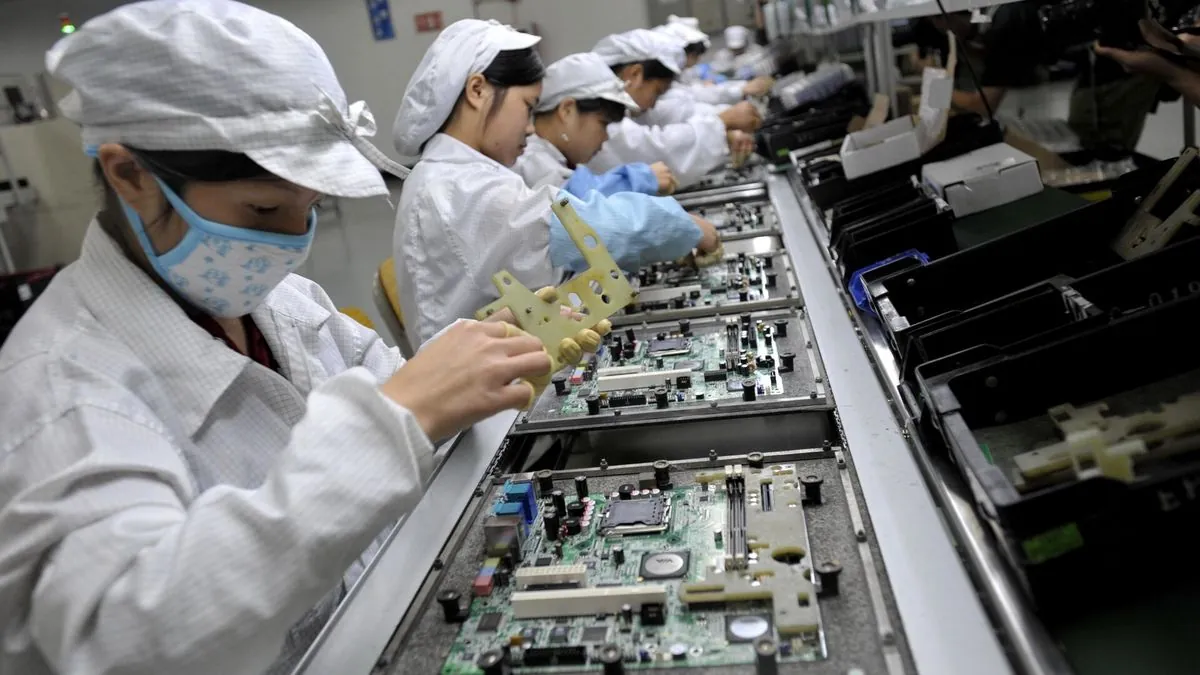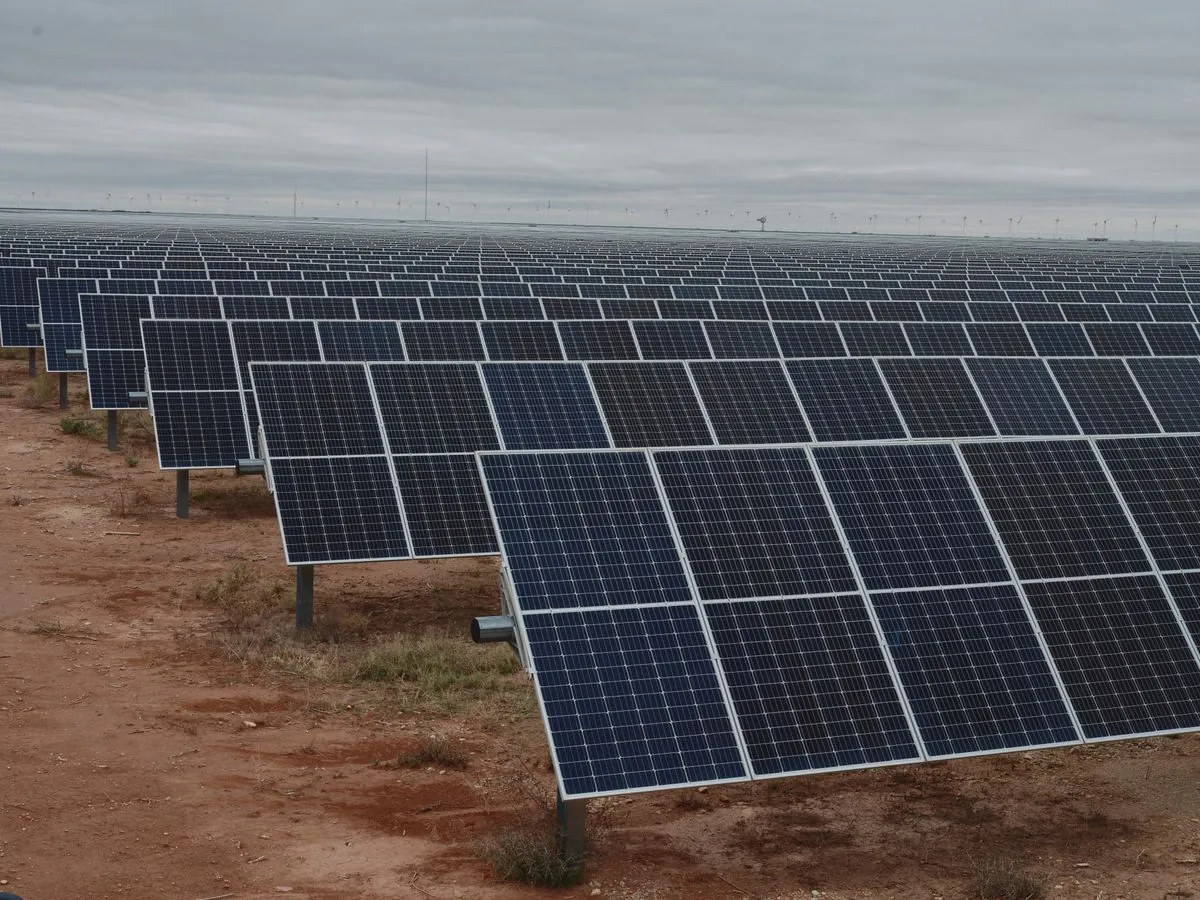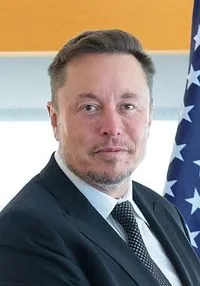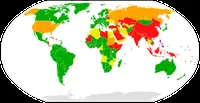India's Manufacturing Ambitions Entangled in Chinese Supply Chains
As India emerges as a potential manufacturing hub for American businesses, its growing reliance on Chinese imports for components presents a complex challenge to U.S. efforts to diversify supply chains away from China.

In recent years, American businesses have increasingly viewed India as a potential alternative to China for manufacturing. This shift aims to mitigate risks associated with geopolitical tensions and potential supply chain disruptions. However, a closer examination reveals a complex reality that challenges the notion of true diversification.
India's manufacturing sector has seen significant growth across various industries, including smartphones, solar panels, and pharmaceuticals. Paradoxically, this growth has led to an increased dependence on Chinese imports, particularly for essential components used in these products.
Sriparna Pathak, an assistant professor at Jindal University specializing in India-China relations, highlights the crux of the issue: "Unless China stops being the third party from where components come in and we just assemble, that de-risking is not going to happen for any country coming in and producing in India."
The scale of India's reliance on Chinese imports is substantial:
- Nearly two-thirds of Indian electronic component imports come from China
- Chinese imports of pharmaceutical ingredients have increased by over 50% in the past five years
- India sources between 50% and 100% of its solar panel components from China
This dependency extends to other sectors as well, including textiles, automobiles, and renewable energy.

The U.S. administration acknowledges the challenges in completely excluding Chinese inputs from supply chains. A senior official, speaking anonymously, stated: "We recognize we are in the first inning of a long game, but we are at an inflection point in that there is now a clear recognition, not just in the U.S. and India but among friends and allies, that being overly reliant on one source for the clean energy economy is not sustainable and requires a concerted effort to de-risk. But it's going to take time."
India's efforts to reduce dependency on Chinese imports have been complicated by the need for expertise. Some industry representatives have advocated for loosening restrictions on visas for Chinese technicians to assist with using Chinese machinery in various manufacturing processes.
The Indian government faces a delicate balancing act. While aiming to boost domestic manufacturing capabilities, it must also navigate the realities of global supply chains and the need for foreign expertise. Recent actions suggest a potential softening of India's stance towards Chinese involvement, including expedited visa processes and approval of some Chinese investment proposals.
However, economic analysts caution against expectations of a dramatic increase in direct Chinese investment in Indian manufacturing. Lingering tensions, including border disputes and investigations into Chinese companies operating in India, continue to impact bilateral relations.
As India strives to position itself as a global manufacturing hub, the intricate web of dependencies on Chinese components and expertise presents both opportunities and challenges. Balancing economic growth aspirations with strategic concerns will be crucial as India navigates its complex relationship with China and its role in global supply chains.
"To boost Indian manufacturing and plug India into the global supply chain, it is inevitable that India plugs itself into China's supply chain. Whether we do so by relying solely on imports or partially through Chinese investments is a choice that India has to make."
This situation underscores the complexities of global trade relationships and the challenges in reshaping established supply chains. As India continues its journey towards becoming a manufacturing powerhouse, the interplay between economic necessities and strategic considerations will likely shape its policies and international partnerships in the years to come.


































